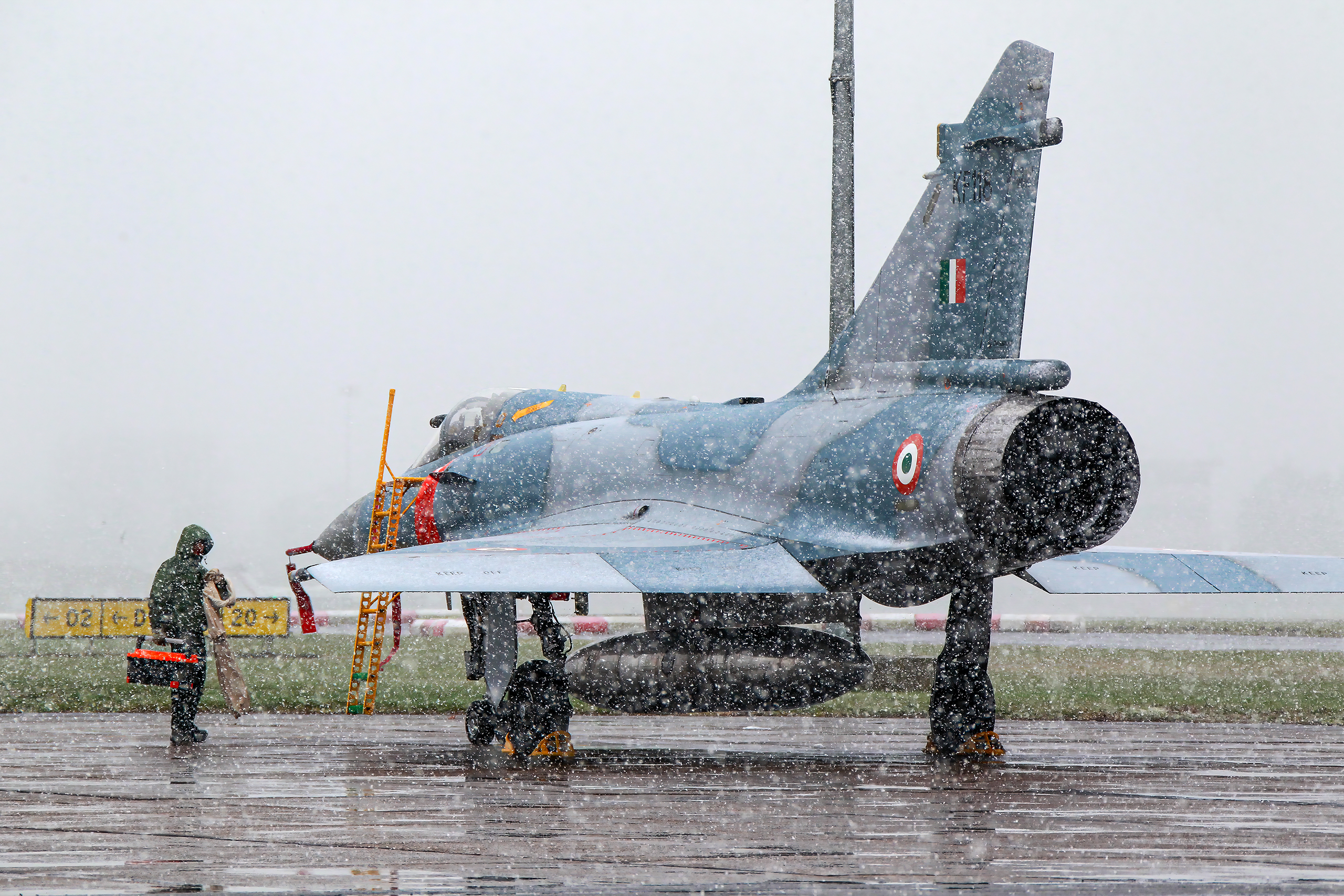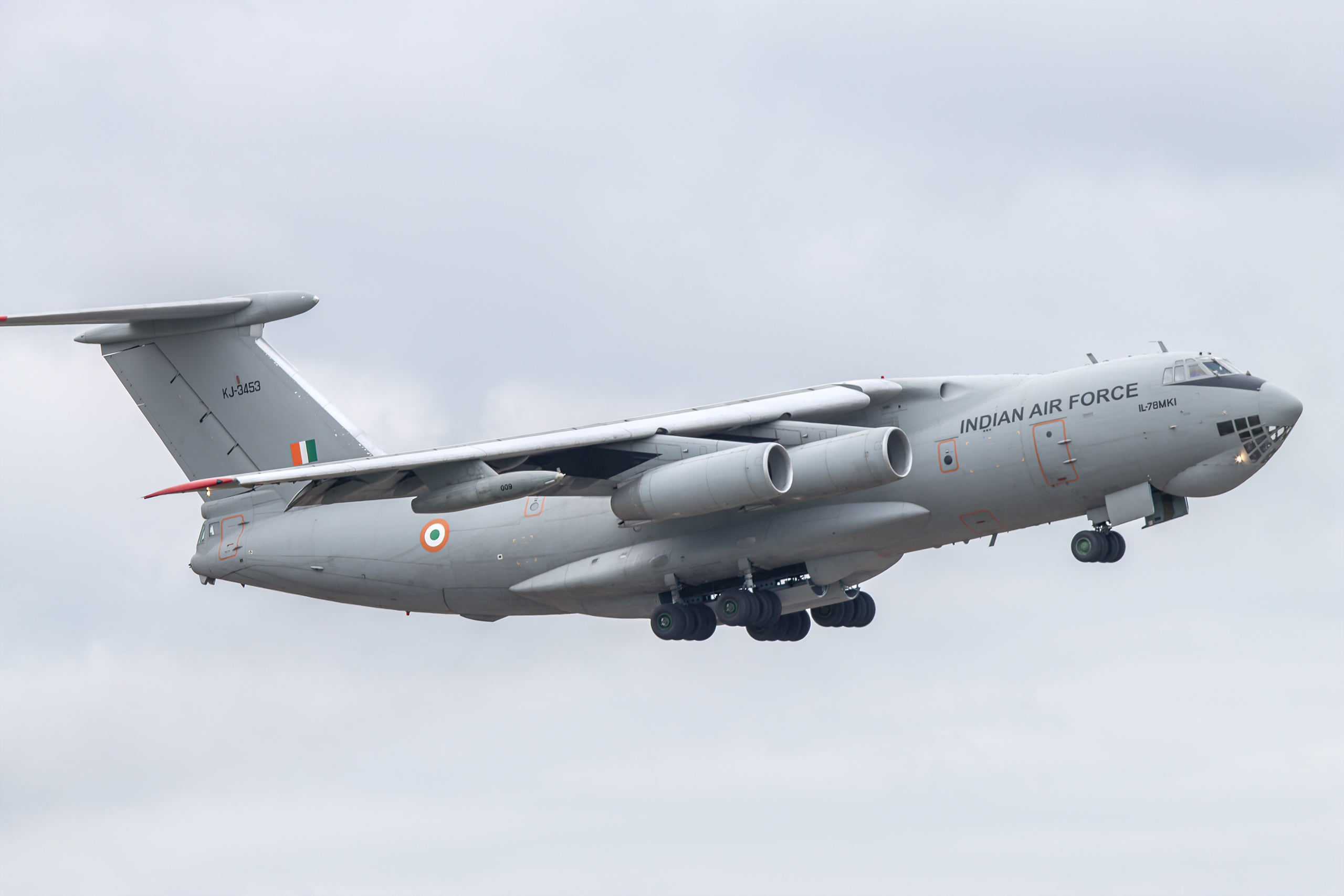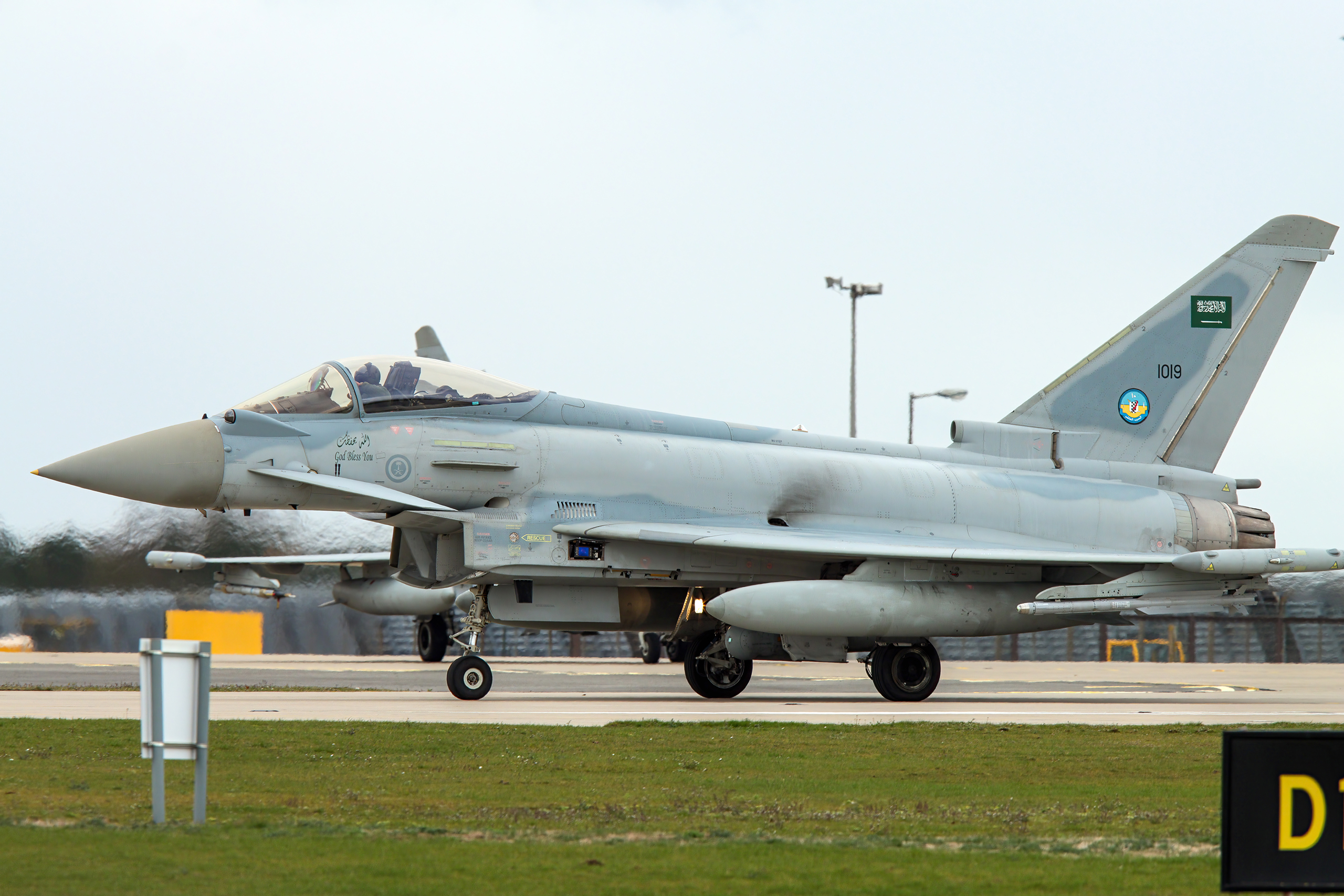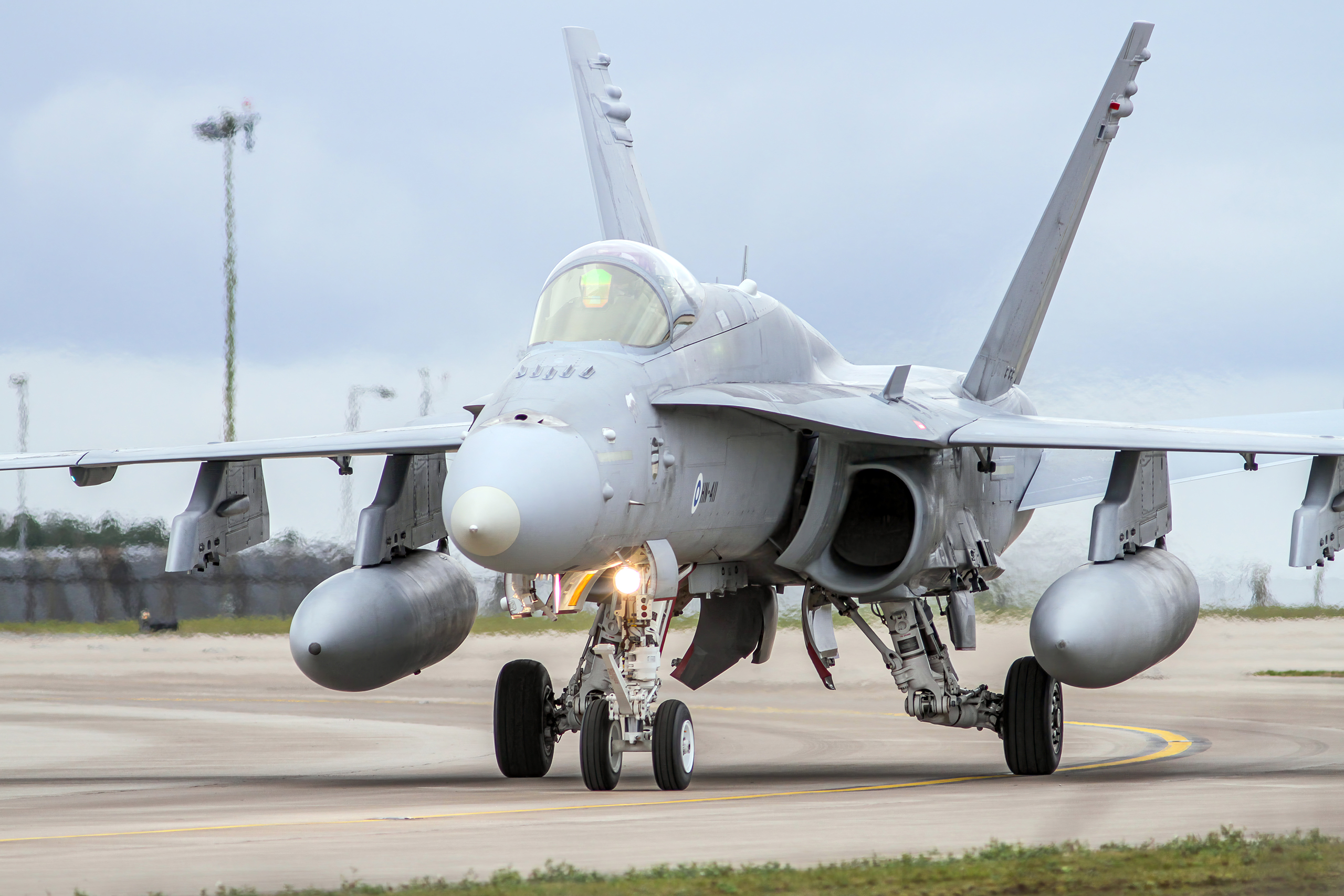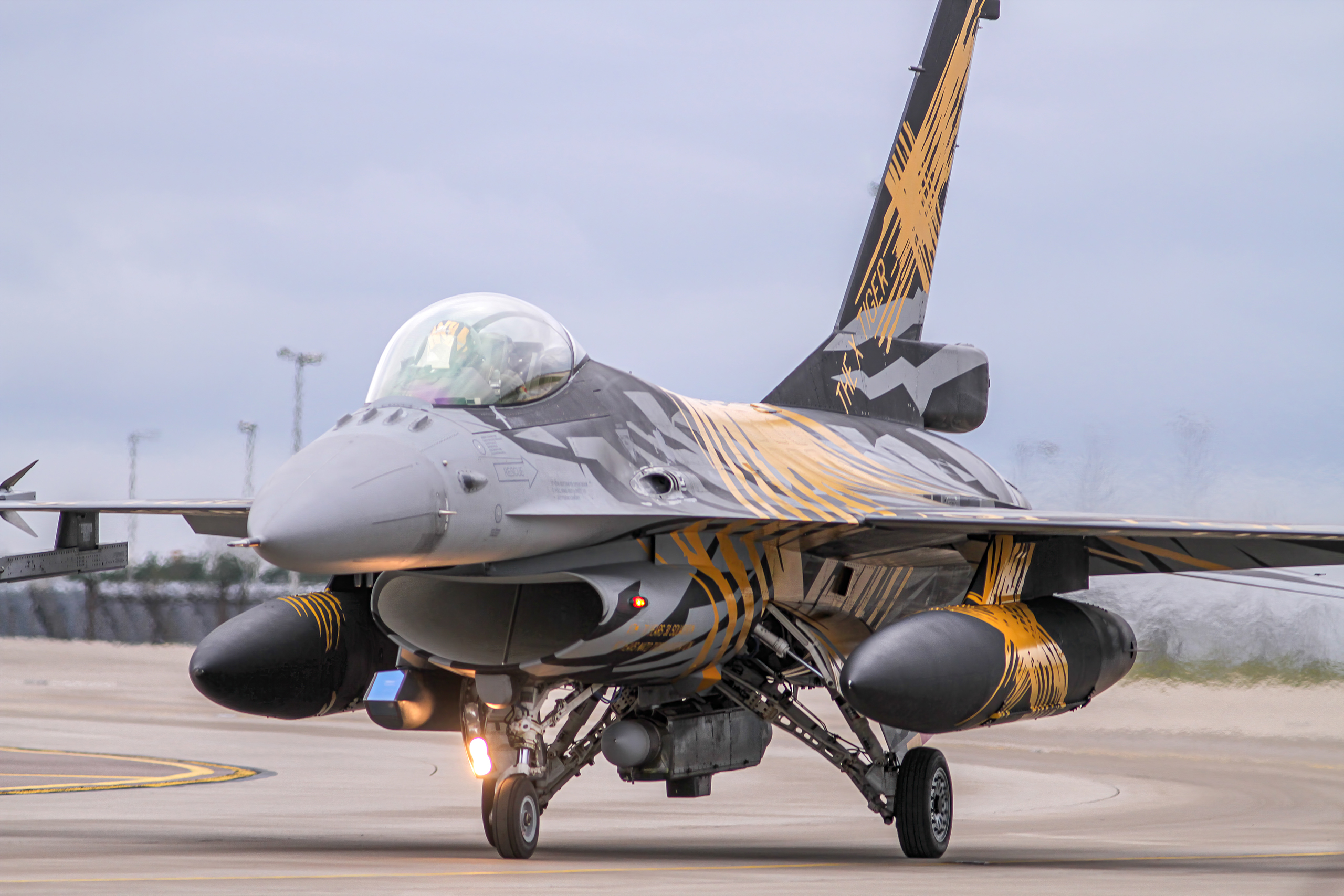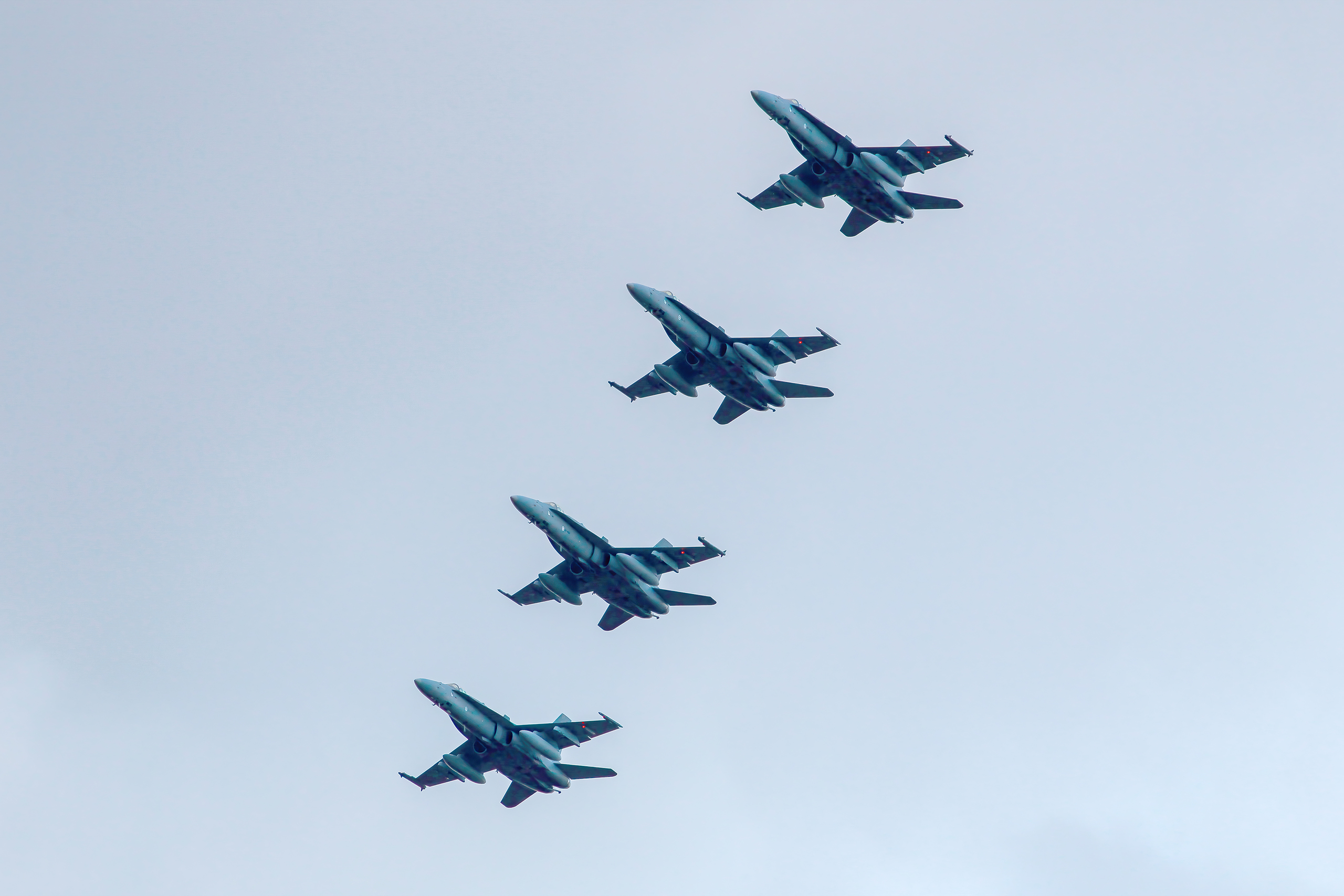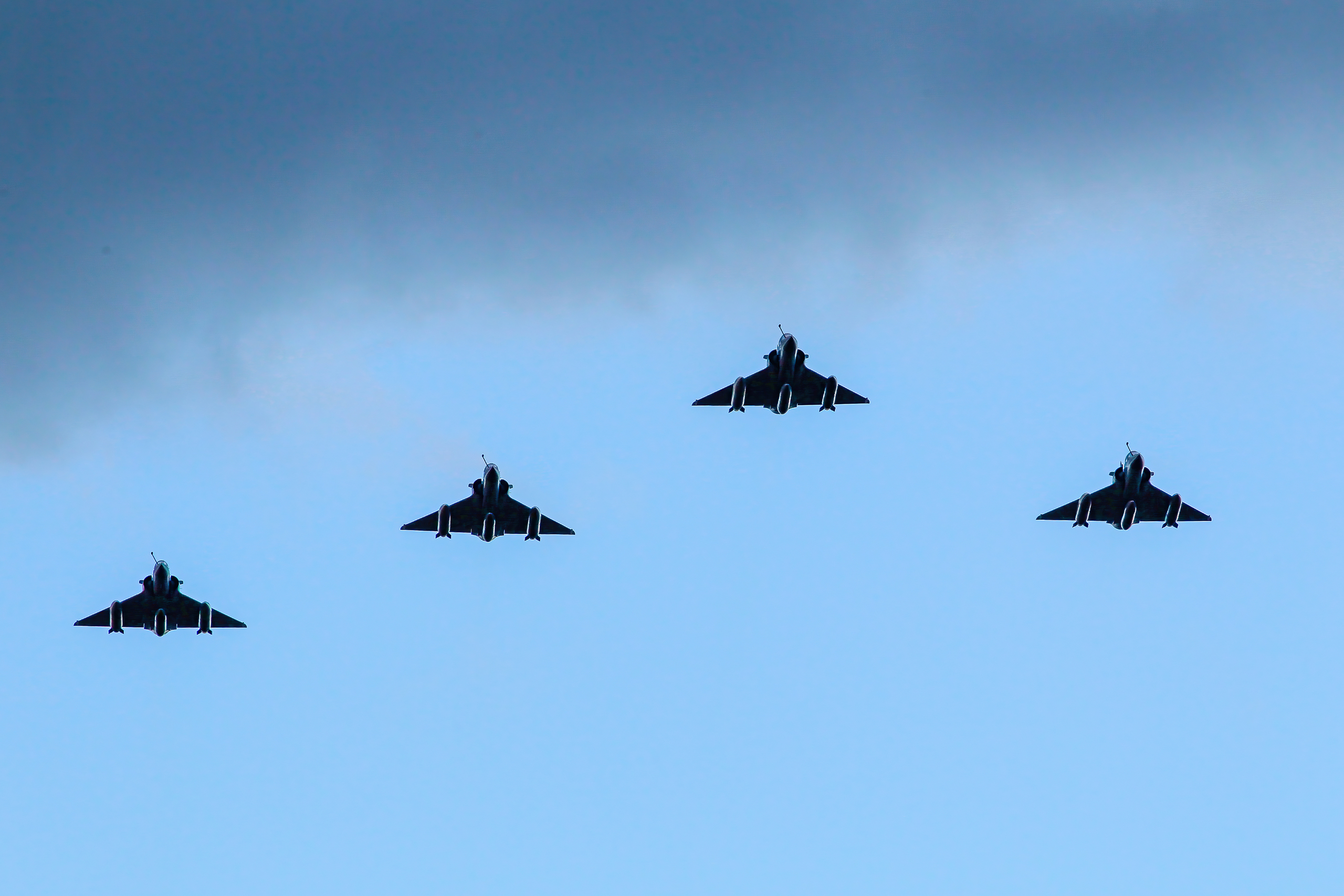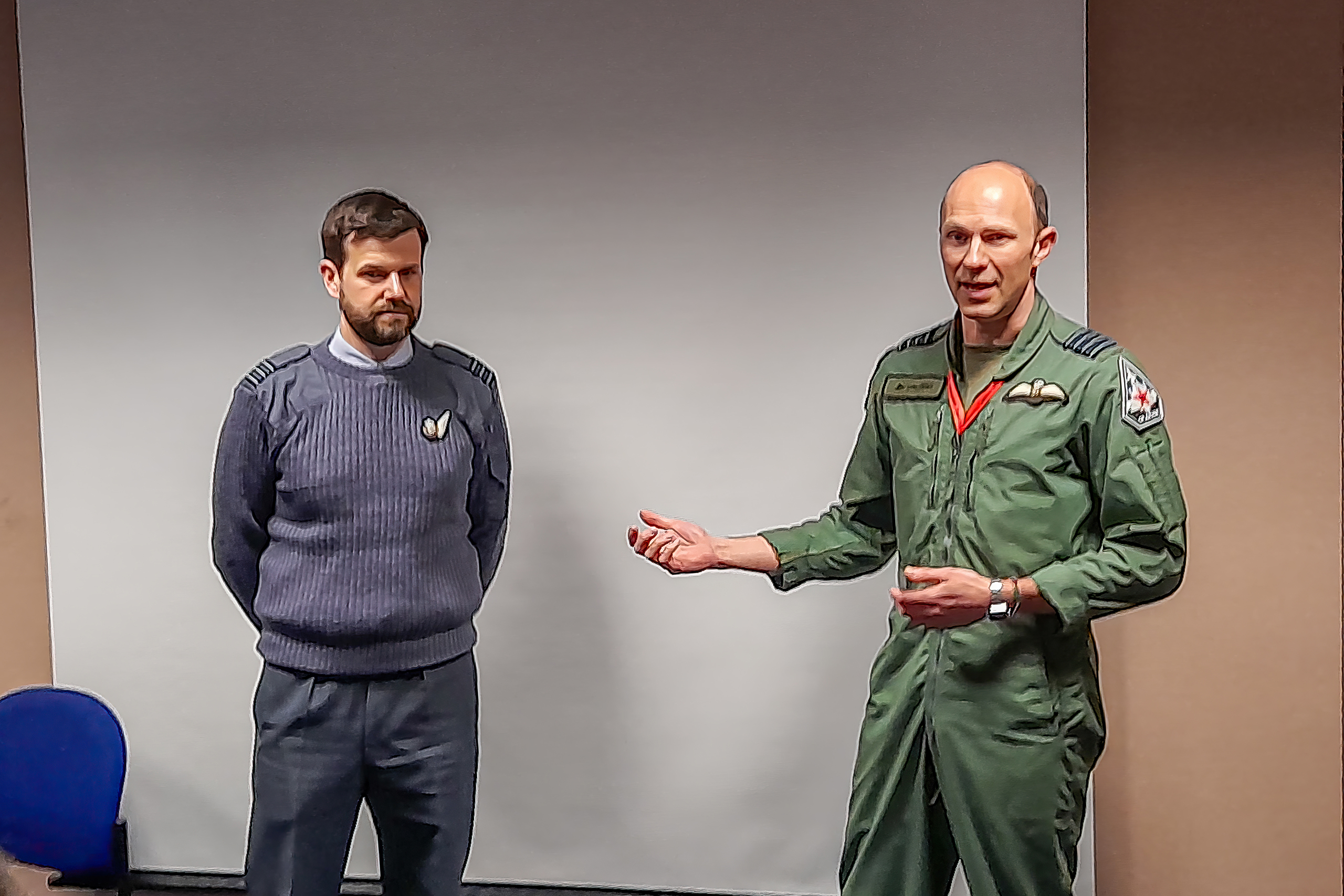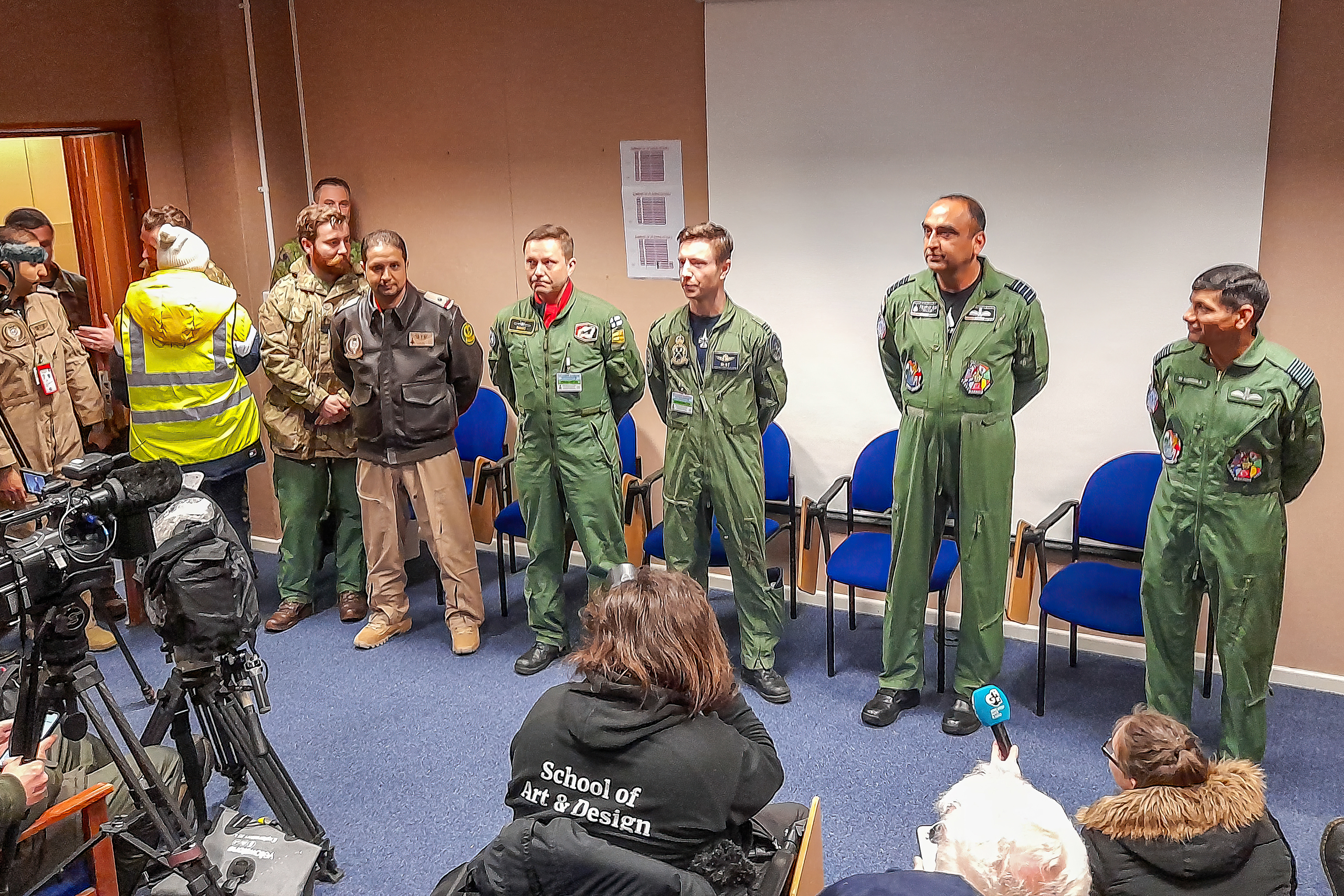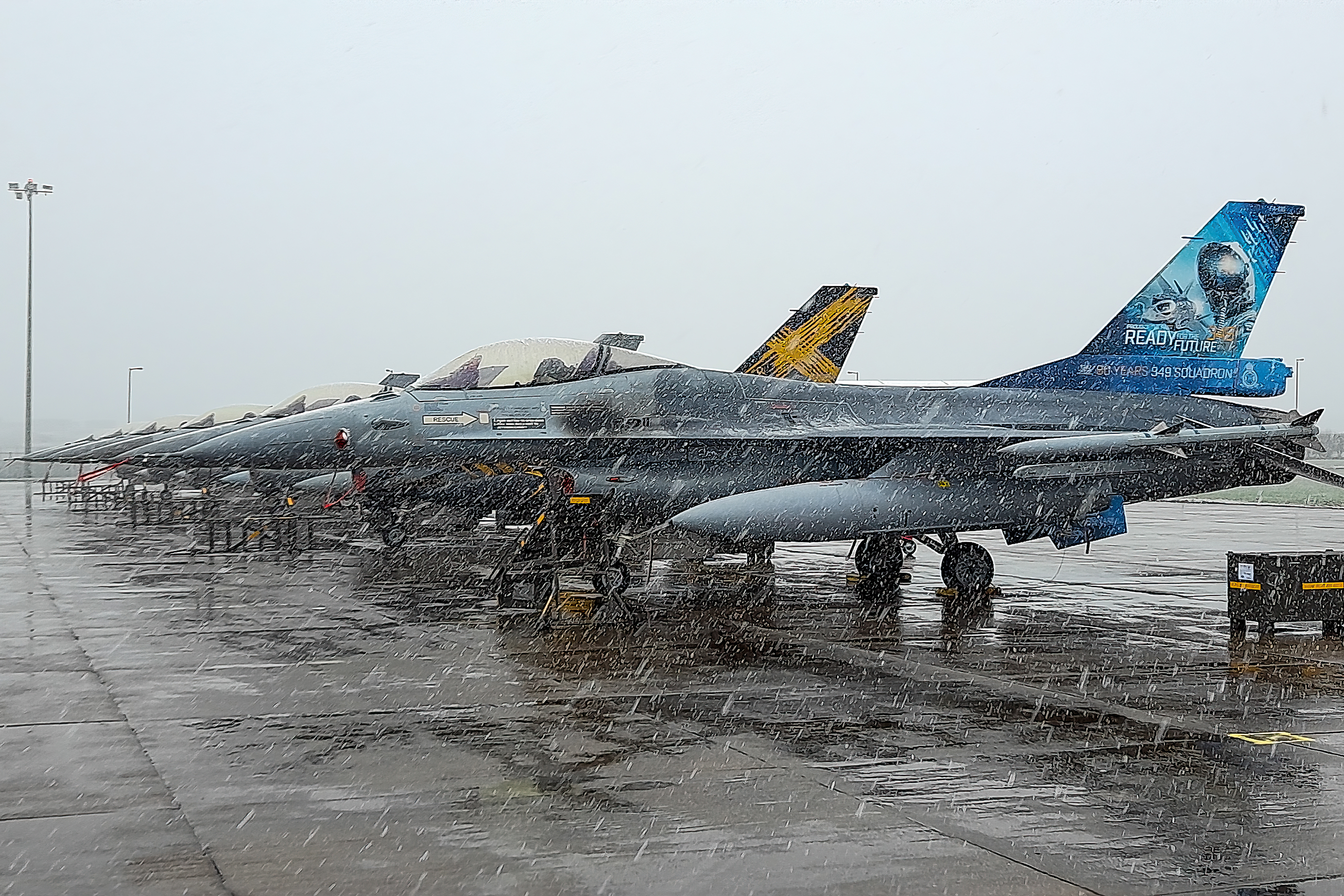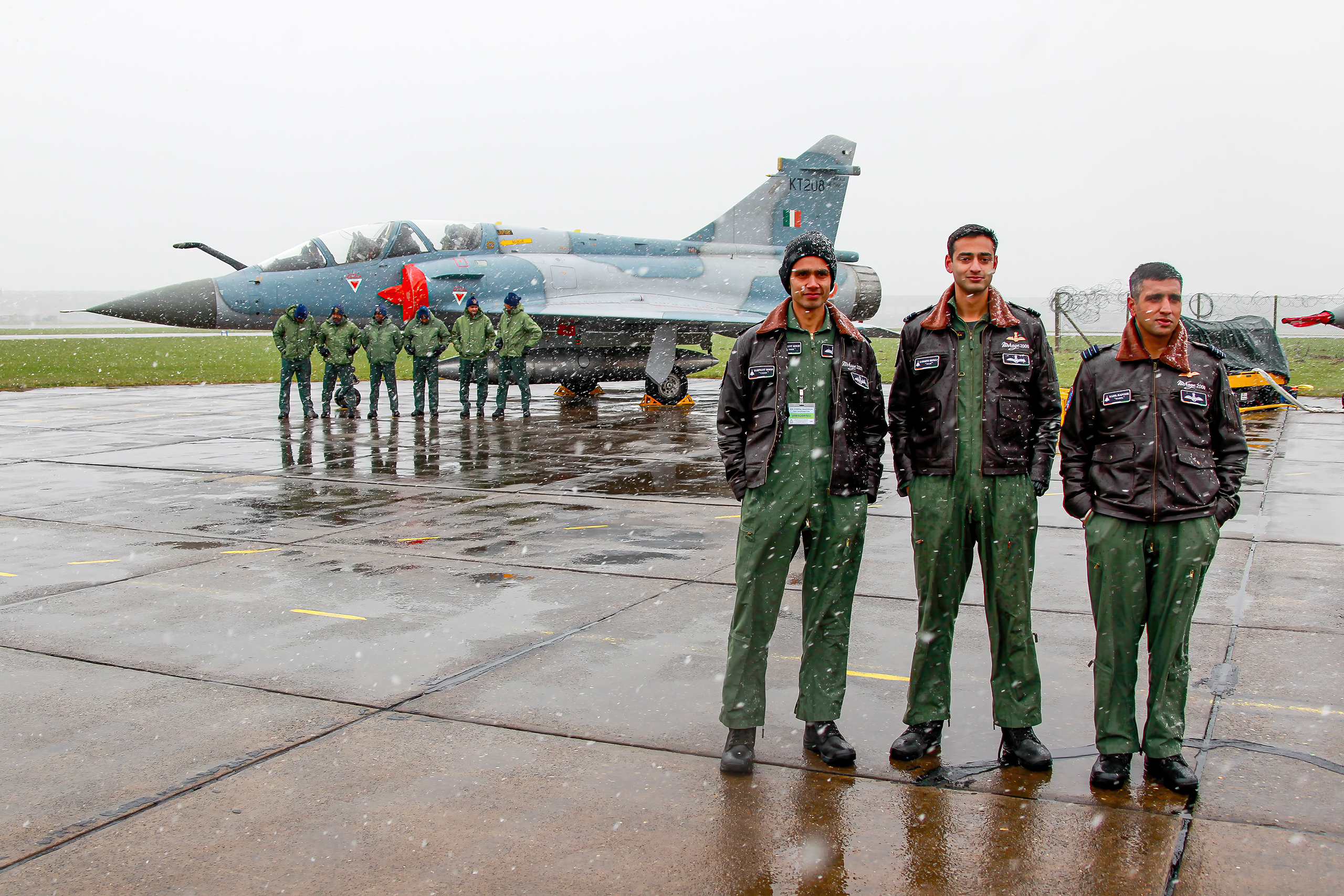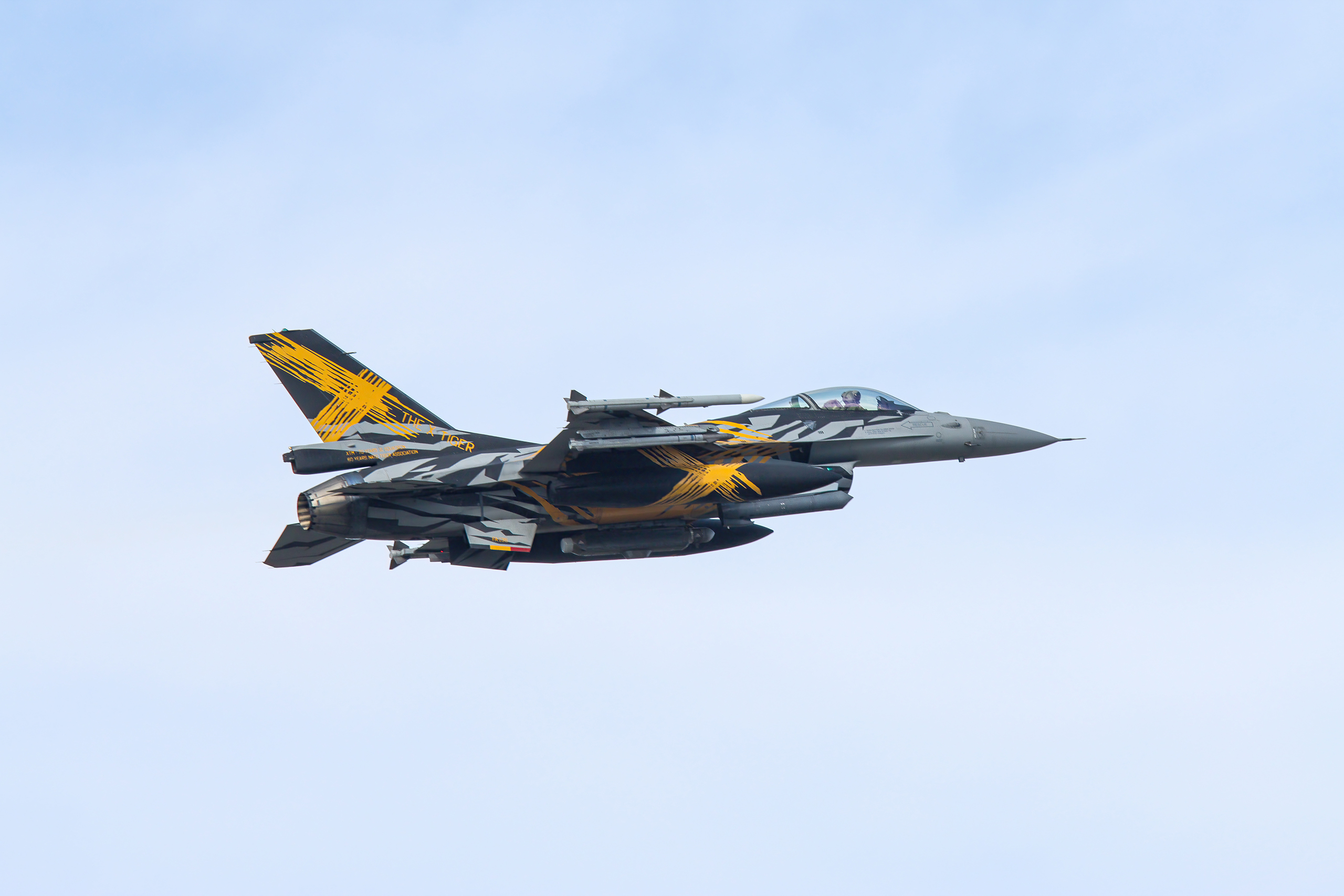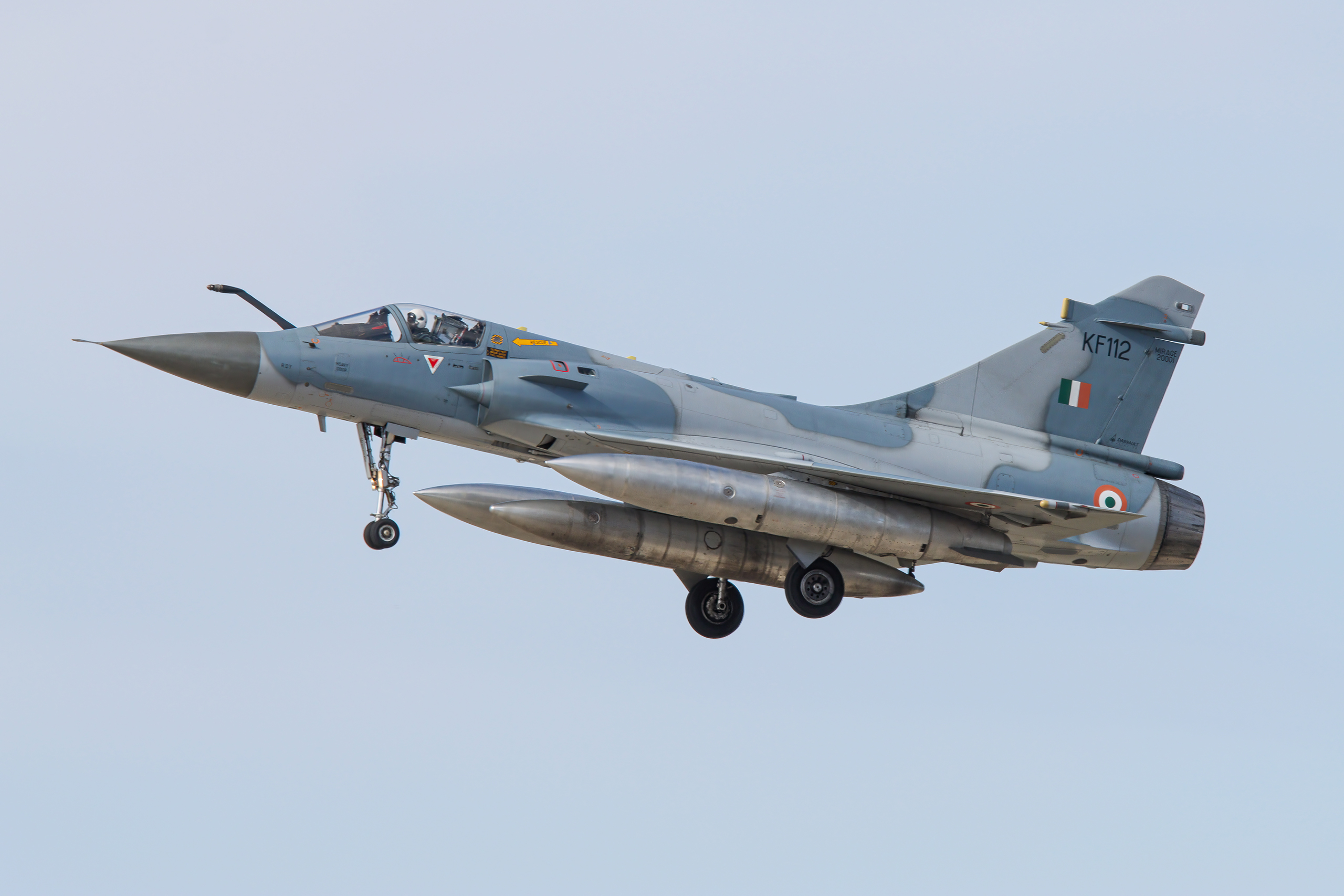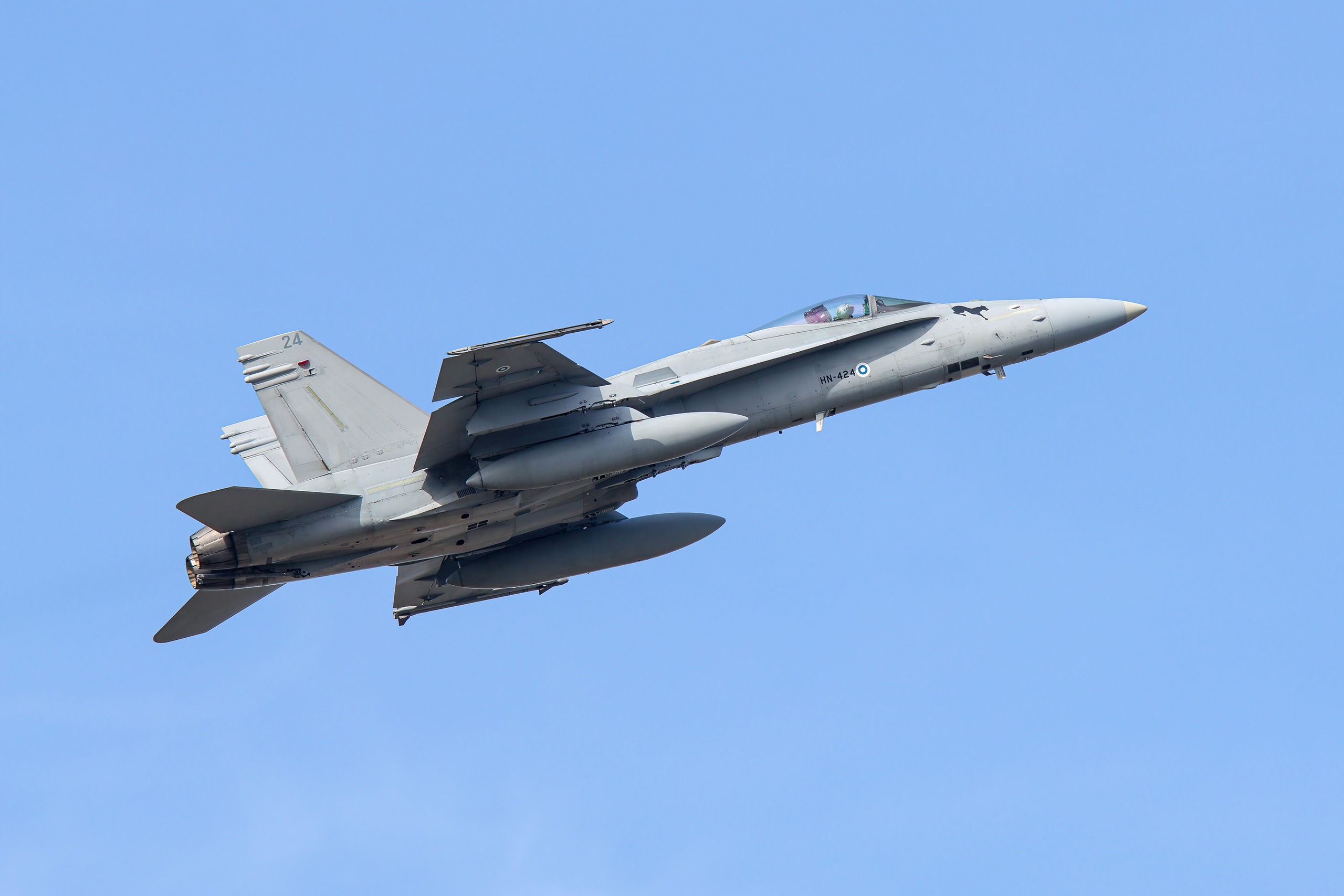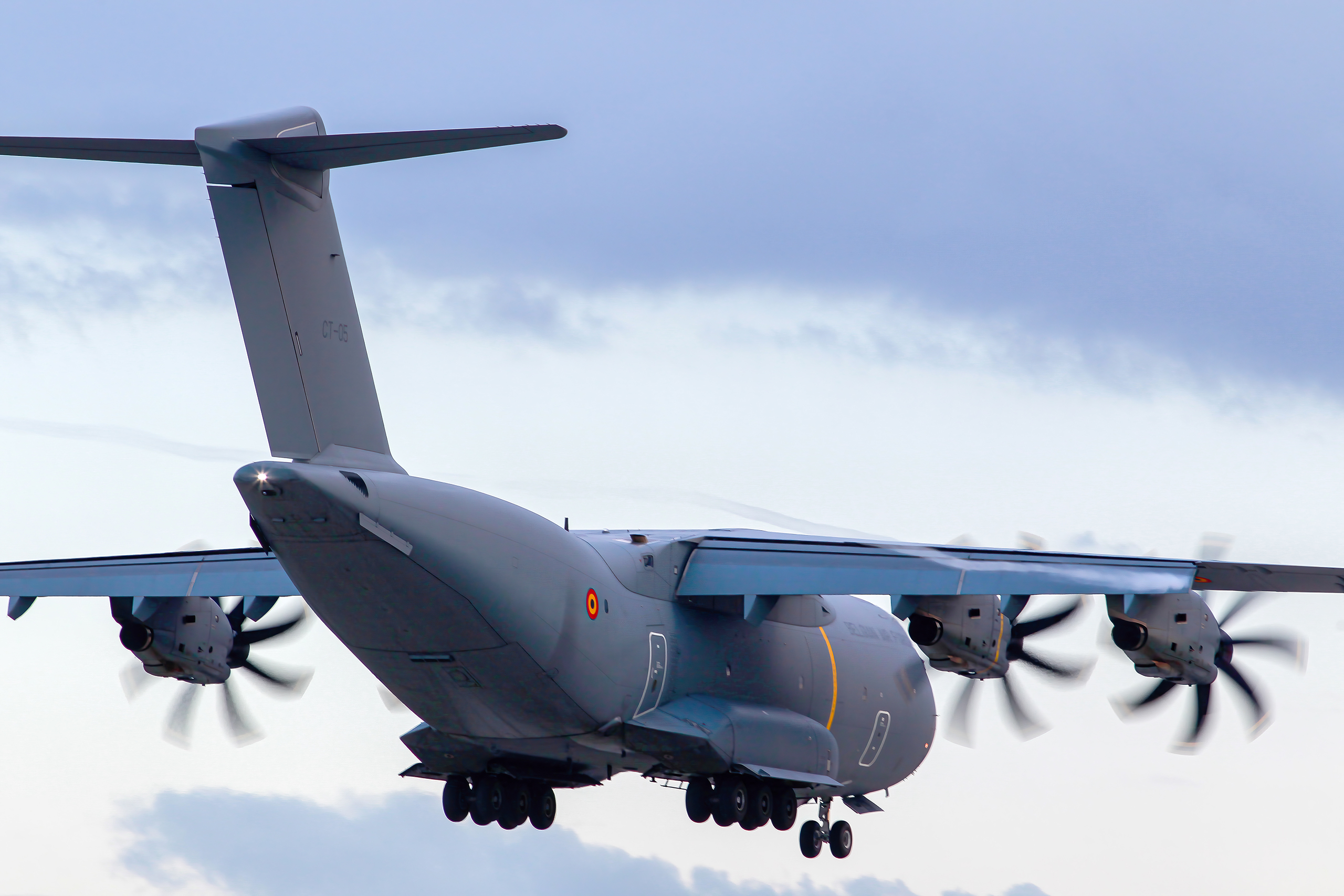EXERCISE: COBRA WARRIOR 23/1 - RAF Waddington
Update: 2023/18/03 by Gary Parsons
During March the Royal Air Force hosted Exercise Cobra Warrior 23/1 at RAF Waddington on Lincolnshire, the first of two sessions of the now biannual event, the largest air exercise run by the air arm of the British Forces. The exercise is designed to train participants in high intensity large force tactical air war fighting operations known as Combined Air Operations, or COMAO for short. Over 70 aircraft took part flying from a variety of bases in the UK and northern Europe, all being controlled by directing staff at RAF Waddington.
In addition to the fast jets, UK Joint Helicopter command aircraft were based at RAF Leeming in North Yorkshire to practise in Combat Search and Rescue (CSAR)
Gary Parsons
First time participants were contingents from the Finnish, Indian and Royal Saudi Air Forces. Based at Waddington were five Dassault MIRAGE 2000I/TI jets from the Indian Air Force, six Boeing F-18C HORNETs from the Finnish Air Force and six Lockheed Martin F-16AM FIGHTING FALCONs from the Belgian Air Component, all supported with air-to-air fuelling from tanker of the RAF, French Air Force and Royal Netherlands Air Force flying from their home bases to the exercise area off the Northumberland coast over the North Sea. The Saudis brought six Eurofighter TYPHOONs to nearby RAF Coningsby in Lincolnshire, utilising the extensive support available at the RAF’s main Typhoon maintenance hub. The Finnish participation was part of a wider training activity in support of the UK-led Joint Expeditionary Force known as ‘JEF Warrior’. US Air Force Boeing F-15E EAGLEs and Lockheed Martin F-35A LIGHTNING II also participated, flying from RAF Lakenheath in Suffolk.
In addition to the fast jets, UK Joint Helicopter command aircraft were based at RAF Leeming in North Yorkshire to practise in Combat Search and Rescue (CSAR) and the RAF’s Air Mobility Force also took part deploying elements of 16 Air Assault Brigade in an associated ground mission in Northumberland, part of the overall exercise scenario.
Heading the RAF organisation of Cobra Warrior was Group Captain Jim Calvert, Operations & Training Division at the Air & Space Warfare Centre at Waddington with Wing Commander Chris Whitechurch, Officer in Charge Operations at the tactical level. “It’s a great opportunity for us to showcase what the Royal Air Force can do in terms of synchronising activity and still deliver support to continuing operations,” explained Wg Cdr Whitechurch during the second week. “We have the Red Arrows preparing for the season and continuing ISTAR operations on top of the exercise at the same time. So in terms of logistical support, engineering, security, refuelling, traffic control, that’s already here. It’s great to welcome international partners here, it definitely adds a different perspective and adds a real buzz around the station, particularly for a lot of our junior personnel that may be straight out of training. They’ve only just joined the Royal Air Force, and they haven’t had the opportunity to deploy on exercises or operations. This gives them a feeling a flavour for what it’s like to operate at that higher tempo, and helps them prepare for the rest of their career. So it’s a great opportunity for us, we love welcoming a range of nations each time.”
Gp Capt Calvert added: “Incidentally, the exercise falls during an Indian festival of colour, which brings vibrancy, not just for the culture and what we can learn from them, but also from a tactical point of view, being better than the sum of our parts. But really what Cobra Warrior provides us with is collective training. Nations and squadrons will train their crews to be tactical experts on their individual platform, and what Cobra Warrior does is bring all of those platforms together, allowing us to train and integrate together so that we can enhance our interoperability. And that’s been proven with the Joint Expeditionary Force Partnership with with the Finns and the commitments made by our government in October last year with the Indians.
“The exercise happens over the North Sea. For a couple of hours each day we have up to 40 aircraft participating, there being the ‘goodies’ and the ‘baddies’. We’re simulating an operation against a made up country where in the campaign we have eight time slots to train. We begin in a defensive posture, just protecting homeland or protecting our assets, then progress to surface attack and dynamic targeting, and also personnel recovery. We’ve got all of the partner nations fulfilling leadership roles within the mission plan and execution.”
“It’s the mission commander from any one of the six participating nations who is in charge of coming up with the tactics for a particular day. They formulate the tactics and then all of the partner nations are involved in the planning to exploit all the particular capabilities that everyone brings to the party. It’s in the planning where we learn so much.”
All the participating nations brought up to a dozen pilots for the three-week period, so plenty of flying was achieved despite the cold and damp weather
Gary Parsons
As well as the flying elements, RAF assets also included the Battlespace Management Force based at RAF Boulmer in Northumberland and the A4 Force from RAF Wittering in Cambridgeshire providing engineering and logistic support. All air traffic away from Waddington was handled by the new regional ATC hub at RAF Coningsby and Civilian contracted Red Air was provided by Draken International, flying its Aero L-159E ‘HONEY BADGERS’ from Teeside Airport.
The three weeks of exercise activity focussed on eight exercise days where planned COMAO missions using simulated weapons were flown supported by tanker assets and a NATO Boeing E-3A SENTRY from Geilenkirchen air base in Germany. The other days were allocated for general training missions using the UK’s low-fly areas in the Lake District and Welsh valleys. All the participating nations brought up to a dozen pilots for the three-week period, so plenty of flying was achieved despite the cold and damp weather that prevailed much of the time. Indeed the second week was affected by heavy snow, leading to one day’s loss of flying activity.
Certainly the snow was something the Indians rarely encountered. Group Captain Gangola, the detachment commander, had this to say about the exercise: “Weather wise, yes, we are finding it a little different, but we are used to operating in a cold climate in the northern hills of India. So it’s not a big challenge. We’ve travelled some 4,500 miles from India, and it’s the first time in the UK since 2015. This exercise really helps us to learn to coordinate together in a really huge airspace. A lot of personnel haven’t been on international exercises since before COVID so this is a great opportunity for those guys to get in touch with other nations and against different aircraft so it’s going to be in great experience for us.” The MIRAGEs were from 7 Squadron, known as the ‘Battle Axes’, while pilots were drawn from three squadrons that form 40 Wing at Gwalior air base in the north of the country.
For the Belgians it was just a short hop, but the benefit of being in the UK was explained by the detachment commander Captain Glassen, Director of Operations with 349 Squadron. “Belgium is a really small country, so we have limited airspace. This exercise allows us to fly in a huge airspace when we can fly together with the other nations.” he emphasised the value of training with non-NATO air arms such as the Finns and Indians, something that rarely happens for a small air arm.
Exercise Cobra Warrior 23/2 is scheduled to be held in September, again at RAF Waddington
Gary Parsons
For the Finns it was something of a culture shock with the interest shown by the UK spotting fraternity who lined the fence alongside the A15 each day. The contingent from Fighter Squadron 31 (Hävittäjälentolaivue 31, HävLLv 31) normally based at Rissala air base were naturally cautious as they are routinely patrolling the Russian border since the latter’s invasion of Ukraine. Lieutenant Colonel Rikkinen explained that the pilots were concerned about photographers getting close-up images of the pilots, so they routinely kept their masks on while taxying to and from the runway.
Squadron Leader John McFadden is the Officer Commanding 92 Squadron, the squadron that coordinated the exercise. He said: “We have developed a challenging air-led multi-domain exercise focussed on pitting our NATO, JEF and international partners against a capable peer adversary within a contested, degraded and operationally limited threat environment.” A key output of the exercise for the RAF is training within the Mission Employment Phase for future RAF Weapons Instructors, helping the maintain the required standards within the Weapons School Criteria.
Exercise Cobra Warrior 23/2 is scheduled to be held in September, again at RAF Waddington, although the participating nations have yet to be announced.
Gary Parsons / UK

